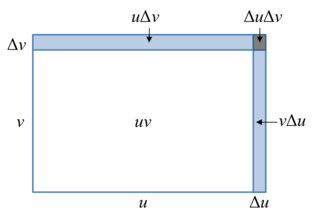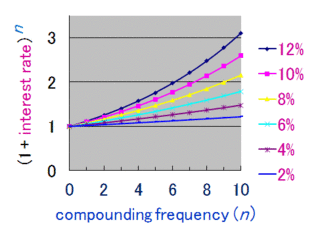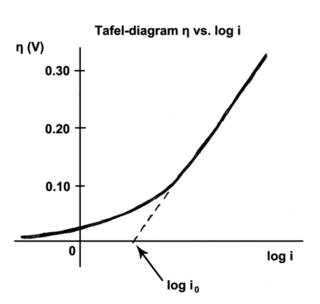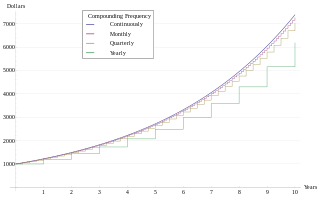Forward rate calculation
To extract the forward rate, we need the zero-coupon yield curve.
We are trying to find the future interest rate  for time period
for time period  ,
,  and
and  expressed in years, given the rate
expressed in years, given the rate  for time period
for time period  and rate
and rate  for time period
for time period  . To do this, we use the property that the proceeds from investing at rate
. To do this, we use the property that the proceeds from investing at rate  for time period
for time period  and then reinvesting those proceeds at rate
and then reinvesting those proceeds at rate  for time period
for time period  is equal to the proceeds from investing at rate
is equal to the proceeds from investing at rate  for time period
for time period  .
.
 depends on the rate calculation mode (simple, yearly compounded or continuously compounded), which yields three different results.
depends on the rate calculation mode (simple, yearly compounded or continuously compounded), which yields three different results.
Mathematically it reads as follows:
Simple rate

Solving for  yields:
yields:
Thus 
The discount factor formula for period (0, t)  expressed in years, and rate
expressed in years, and rate  for this period being
for this period being  , the forward rate can be expressed in terms of discount factors:
, the forward rate can be expressed in terms of discount factors: 
Yearly compounded rate

Solving for  yields :
yields :

The discount factor formula for period (0,t)  expressed in years, and rate
expressed in years, and rate  for this period being
for this period being  , the forward rate can be expressed in terms of discount factors:
, the forward rate can be expressed in terms of discount factors:

Continuously compounded rate

Solving for  yields:
yields:
- STEP 1→

- STEP 2→

- STEP 3→

- STEP 4→

- STEP 5→

The discount factor formula for period (0,t)  expressed in years, and rate
expressed in years, and rate  for this period being
for this period being  , the forward rate can be expressed in terms of discount factors:
, the forward rate can be expressed in terms of discount factors:

 is the forward rate between time
is the forward rate between time  and time
and time  ,
,
 is the zero-coupon yield for the time period
is the zero-coupon yield for the time period  , (k = 1,2).
, (k = 1,2).




































